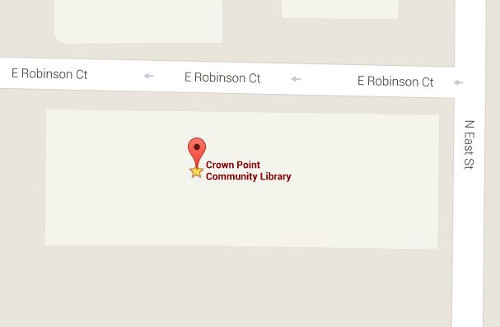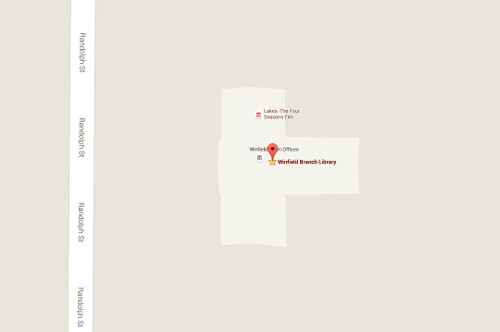Gary, Indiana: The Town that Knew Me When
Once a thriving metropolis with only growth, lakeshore, and steel mills on its horizon, Gary has become an isolated city abandoned by those who made it and those who invested in that growth. What happened to change the landscape, both physically and culturally, to make Gary what it is today? What were the factors of change? Who were those factors of change?
Gary was founded in 1906, by US Steel Corporation, and named for company founder Elbert H. Gary, in order to develop and grow the company. The location, which is midway between the Appalachian coal and the Minnesotan iron needed to produce the product, was as ideal as the proximity to rail and water transportation needed to disperse the product. The company needed workers and those workers needed homes. The workers and their families needed infrastructure, stores, and community services.
Those were focused primarily around the mill, and beyond that, the company didn’t plan for long-term. Originally, it was Eastern European migrant workers who manned the lines. Post World War I, the “great black migration” brought diversity to Gary, as well as the need to build places for all these new workers and residents. The 1920s was a construction boom for the city, but this time without US Steel involvement and, again, without any future planning.
Neighborhoods were formed around cultural boundaries, but the city itself was a cultural center with its parks and schools. William A. Wirt developed a progressive school model, the model of “work, study, play” and the inclusion of real life applications. Although “The City of the Century” was designed on a grand scale, Gary epitomized the motto of individual over community.
After World War II, Gary began to see an overall decline both in terms of population and growth as well as construction and infrastructure. However, downtown business continued to thrive through the mid-1960s, when suburbanization or “white flight” caused Gary further decline. It happened in greater numbers when the first African American mayor was elected to Gary in 1967. Richard Hatcher was a formidable man with a lot of influence over the structure and development, or lack thereof, of the city. Other mills in the region were still booming, but just not those in Gary.
Although Gary wants to succeed, it has pockets of desolation, with decaying infrastructure and abandoned buildings and neighborhoods. Even through there are many buildings and neighborhoods abandoned, not all project that image. The image of gangs and drugs taking over the city isn’t evident in many of the still close knit, cultural neighborhoods. Gary is almost a tale of many cities, as the neighborhoods care and thrive for themselves and there are many of them in the larger city of Gary, that as a whole, is not thriving as it once was and hopes to again.


